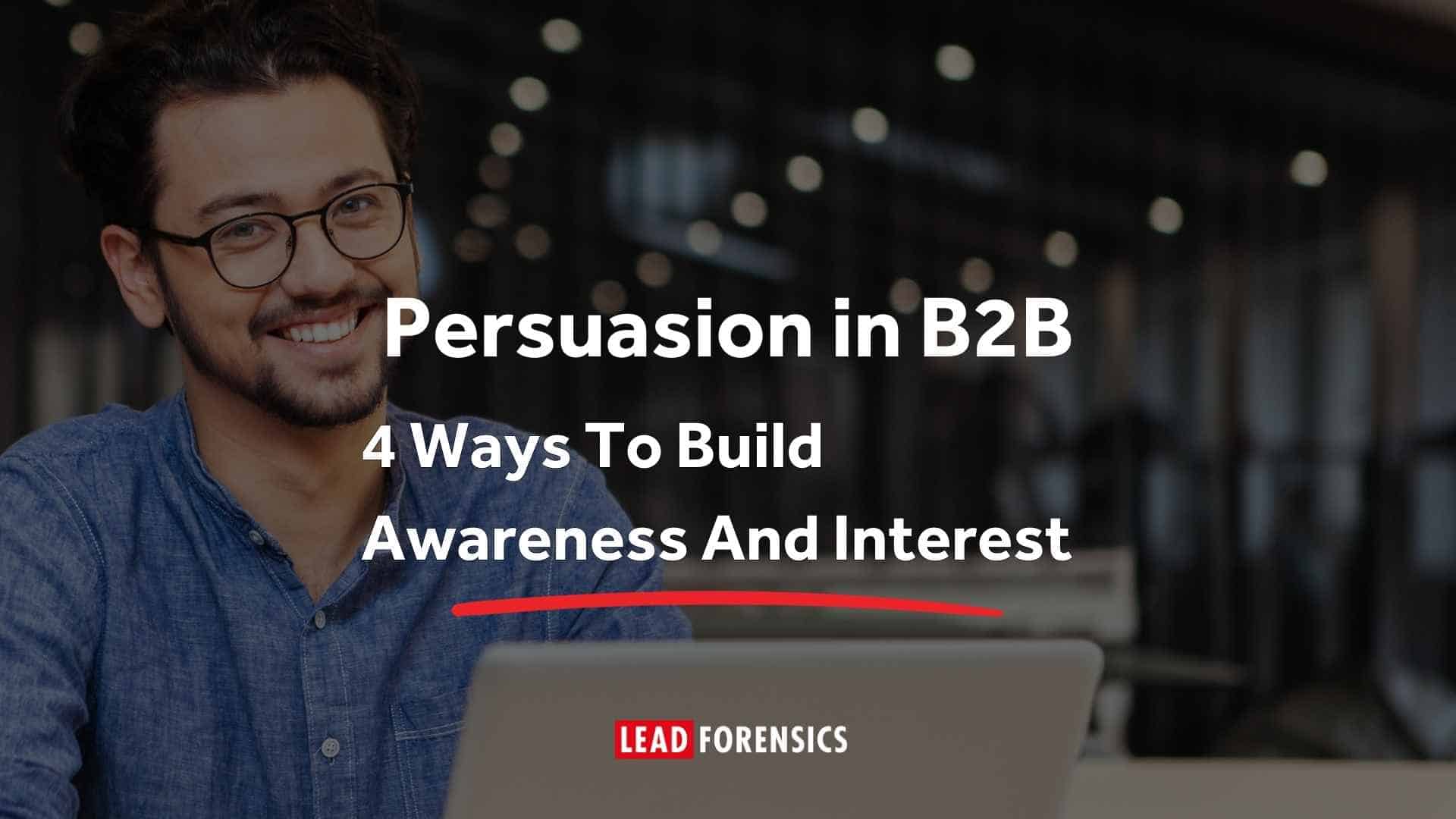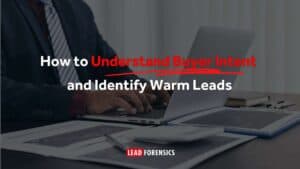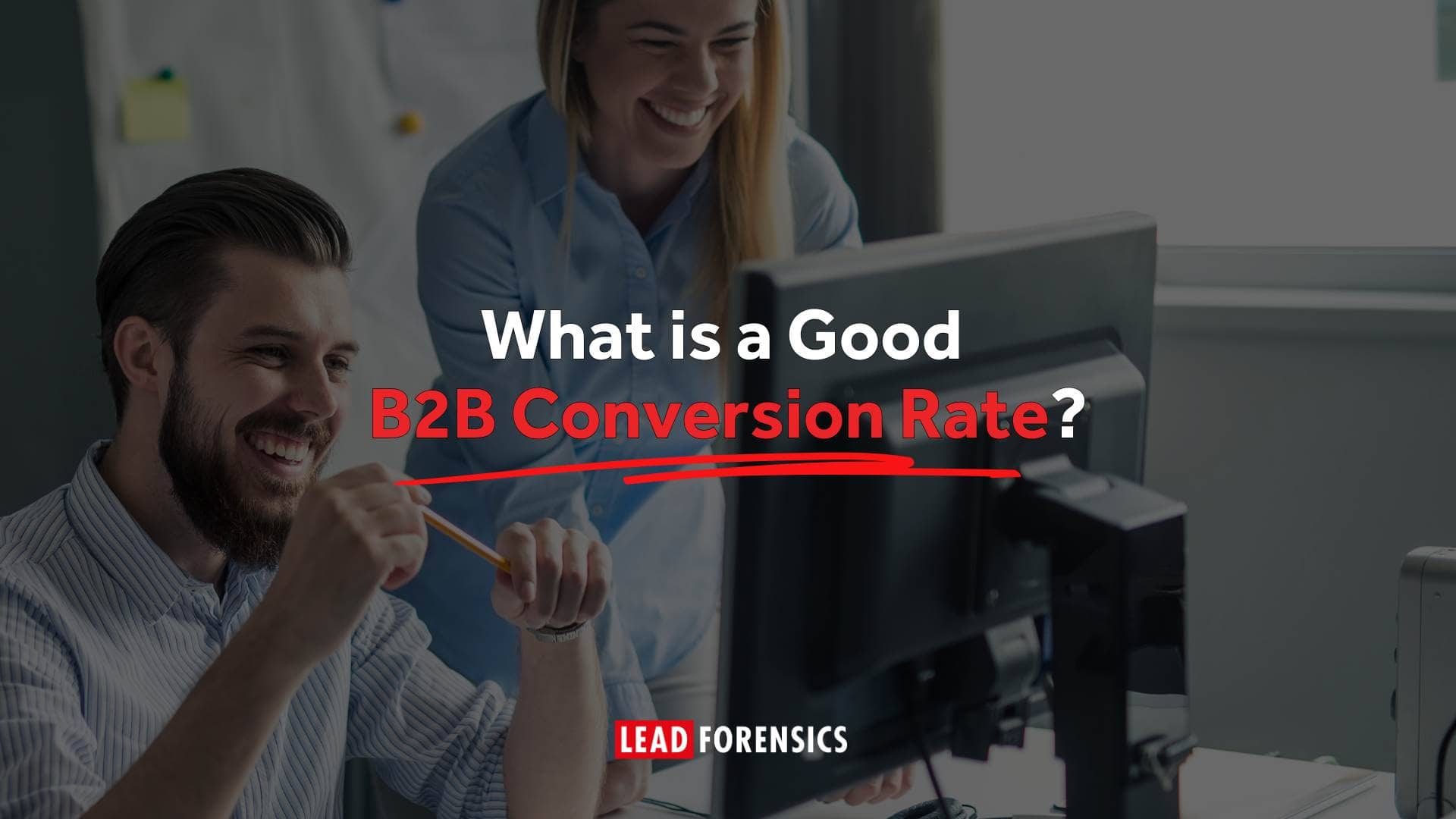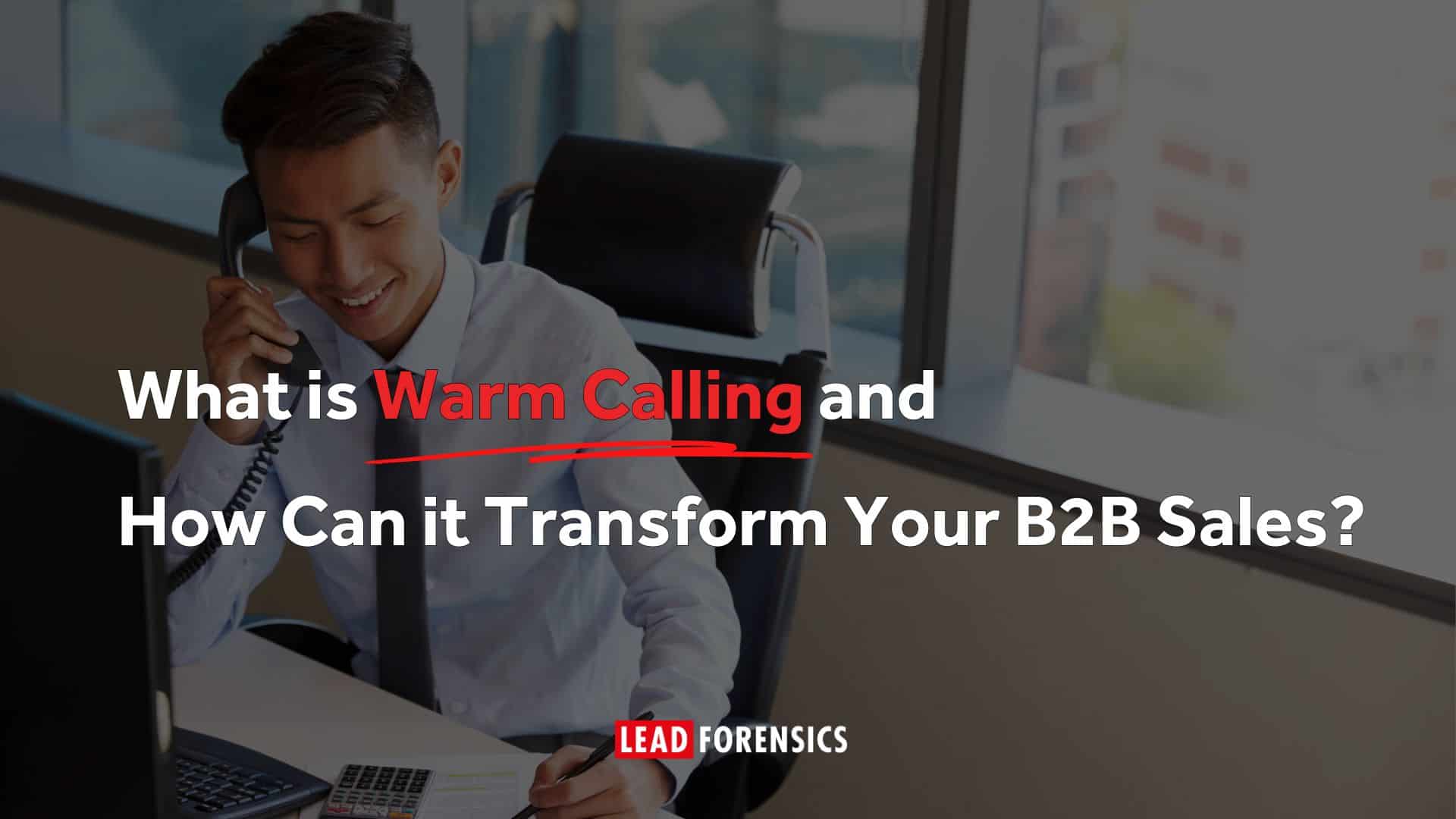Your B2B buyers don’t start their journey thinking: I need to buy this right now. They start by asking:
- Why should I care?
- Is this relevant to me?
- Is this problem urgent enough to solve right now?
This is when you have to grab their attention and make them curious, or you’ll get tuned out before you can even make your pitch.
We’ve pulled together four key ways that you can drive up awareness and interest in your solution.
1. Tell stories that sell.
If you want buyers to truly see themselves using your solution, facts alone won’t cut it. Stories are what make ideas stick.
When told in the right way, stories can be so engaging that the person starts experiencing it as if it were their own reality. It’s called narrative transportation, and it’s how you can turn a product pitch into something buyers can actually feel.
How to Use Storytelling in B2B
Stories aren’t just memorable – they make the abstract real. Using more stories in your communication can transform the impact of the message you’re trying to convey.
Make the buyer the hero
Buyers don’t want to hear about how great your company is, they want to see how they succeed with your help. Instead of saying: “Our software automates workflows,” try: “You’ll never have to waste time on manual tasks again.”
Create Relatable Scenarios
Show prospects a situation they recognize from their daily work life. For example, you could say: “Picture this: You’re on a deadline, and the data you need is buried in a hundred spreadsheets. Sound familiar? That’s exactly why we built [solution].”
Use Case Studies That Read Like Stories
Structure your case studies like a journey. The typical structure starts with the problem, moves on to the struggle and highlights the transformation. For example, you could say: “Before [solution], their team was spending 20+ hours a week on manual reporting. It was slowing them down, and deadlines were constantly missed. After [solution], they reduced that to just 3 hours – and their reporting accuracy skyrocketed.”
How Do Other B2B Brands Use Storytelling?
HP launched “The Wolf,” a series of short films starring Christian Slater, to highlight the often-overlooked security vulnerabilities in office printers. This campaign showcased HP’s advanced security features as essential for protecting corporate networks.
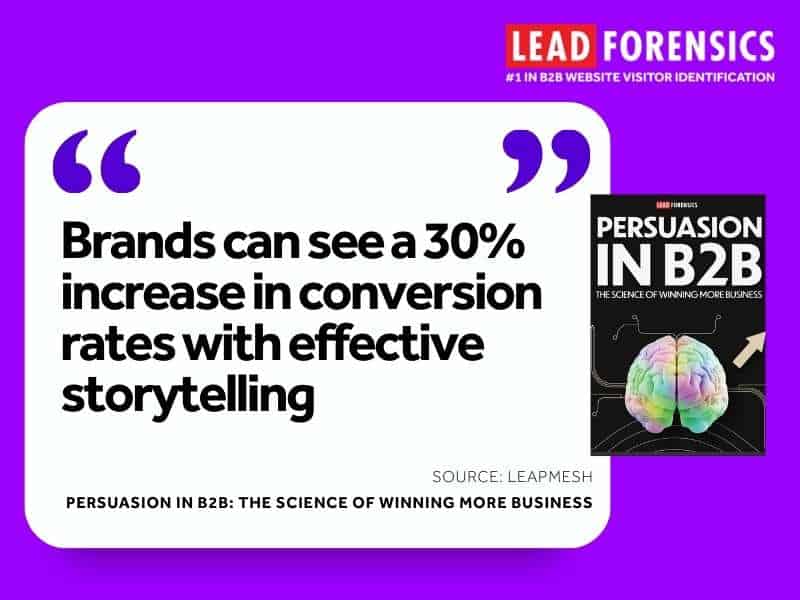
2. Use Emotional Appeal to Connect on a Human Level
Your B2B decision makers are humans, with their own stress, pressure and ambitions like everyone else. Yet, so much B2B marketing is cold, robotic, and overly technical. It focuses on features instead of frustrations, on logic instead of impact.
But, emotion drives decisions. Buyers don’t just ask: “Does this product work?” They ask: “Does this product make my job easier? Does it make me look good? Will it reduce my headaches?”
The best B2B professionals don’t just sell solutions – they sell relief, progress, and confidence.
How to Use Emotional Triggers in B2B Marketing
People buy with emotion and justify with logic. If your messaging lacks an emotional connection, you’re missing a massive opportunity.
Tap Into Their Frustrations
Find out what annoys them. What are they tired of dealing with? For example: “You’re drowning in spreadsheets. Manual tracking is wasting hours of your time. We fix that – instantly.”
Highlight Personal Wins
Show how your solution makes buyers’ lives easier, not just their company more efficient. For example: “No more late nights fixing reports. Get your time back.”
Use Fear (Carefully)
Buyers fear falling behind, making mistakes, or choosing the wrong tool. A little loss aversion can nudge them toward action. For example: “Every day you wait, you’re losing potential revenue. Can you afford that?”
How Do Other B2B Brands Use Emotional Triggers?
State Street Global Advisors installed the “Fearless Girl” statue facing Wall Street’s iconic charging bull. This powerful symbol promoted gender diversity in corporate leadership, resonating deeply with audiences and sparking global conversations. It also reportedly generated $7.4 million in PR value.
3. Address Pain Points When Buyers Are Ready to Listen
Buyers don’t always feel the pain of their problem – until they do.
The Empathy Gap explains why people underestimate future problems or challenges. They might know something is an issue, but they don’t feel the urgency to fix it until they’re struggling with it firsthand.
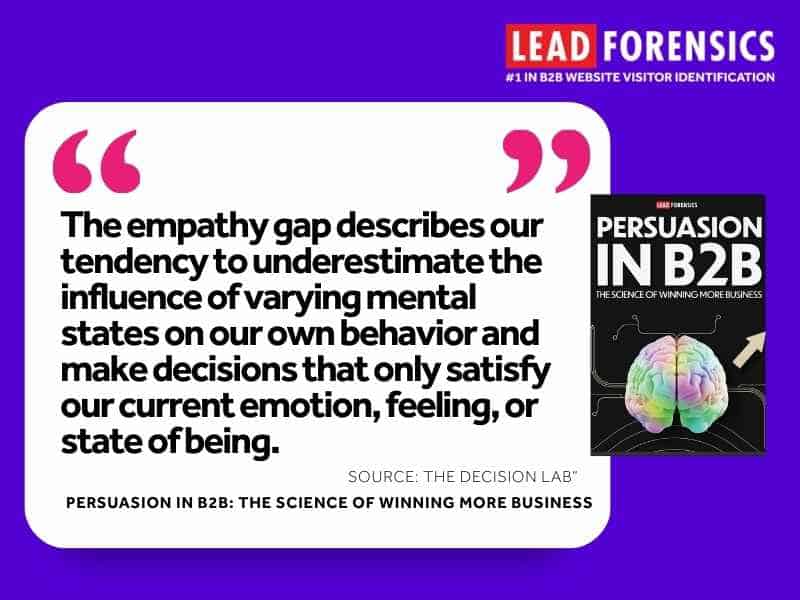
How to Bridge the Empathy Gap and Create Urgency
When buyers are emotionally connected to a problem, they’re far more likely to take action. You can help them by bridging the empathy gap.
Paint a Vivid Picture of Future Pain
It can help to make buyers feel the future problem right now, before it becomes and overwhelming issue. For example: “Right now, manual reporting might seem manageable – but what happens when your company scales? Will you be able to keep up?”
Use Customer Stories That Resonate with Their Experience
When buyers see themselves in a real-world case study, the urgency feels real and they’re more ready to listen. For example: “Before switching to us, [Company X] struggled with slow reporting. They didn’t realize how much time they were wasting – until they made the switch.”
Trigger Awareness at the Right Moment
Buyers are more receptive to a solution when they’ve just experienced – or witnessed – the pain firsthand. For example: a cybersecurity firm might launch campaigns right after a major data breach makes headlines, when buyers are acutely aware of the risk. The same principle applies to recurring trigger points – like month-end crunches or holiday rushes – when the pain is front and center.
4. Use Competitor Adoption As Social Proof
Buyers don’t just look at solutions, they look at who else is using them.
If competitors are adopting a certain tool, approach, or strategy, it instantly increases credibility. No one wants to be the last company clinging to outdated processes while competitors gain an advantage.
This is why competitor adoption is one of the strongest forms of social proof in B2B marketing. It turns your solution from a nice-to-have into a must-have
How to Use Competitor Adoption to Drive Action
The key is to make buyers feel like they’re missing out if they don’t take action – because in many cases, they are. There are two main ways to do this:
Highlight Industry Leaders
Showcase logos, testimonials, or case studies from well-known companies. •For example: “Leading brands like [Big Name 1] and [Big Name 2] have already switched – why? Because it’s working.”
Use Benchmarking Data
Show how competitors are gaining a measurable advantage by adopting new solutions. For example: “Companies that implemented this strategy saw a 32% increase in efficiency – while others fell behind”.
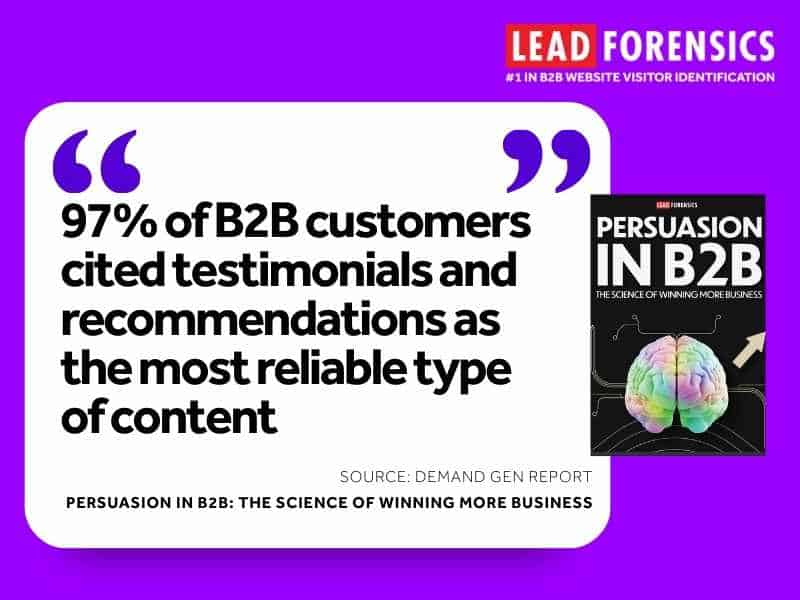
Once you’ve captured the interest of your buyers and made them care about your solution, it’s time to get closer to closing that sale by leveraging the power of persuasion.
Discover The Skill of Persuasion in B2B
Get your FREE copy of our book “Persuasion in B2B: The Science of Winning More Business”.
It’s packed full of actionable insights that will help you apply scientific concepts to your sales and marketing strategies.
Get yours here! 👉 https://bit.ly/3E6x4mX


